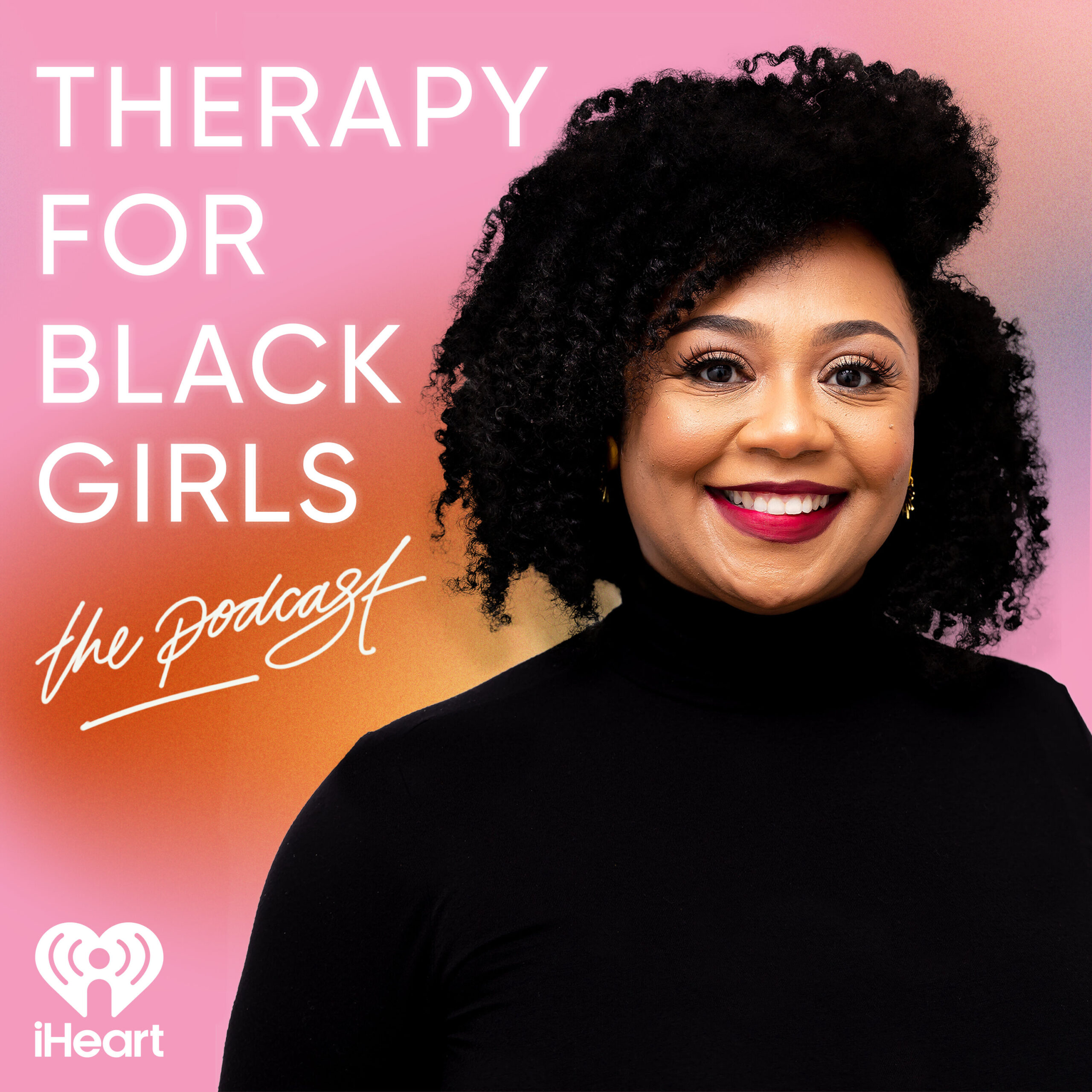 Horses could be the answer in addressing the growing mental health crisis among children.
Horses could be the answer in addressing the growing mental health crisis among children.
Researchers in Australia have found that equine therapy benefits not only children but also the practitioners providing the intervention.
“Horses are unique. Being a flight or fight animal they hold strong instincts to survive and be in the here and now. This can allow children the opportunity to be present and in the moment. Observing horses in a herd allows children to see the dynamics that take place, which can then be used as a metaphor for their own lives.
Horses can pick up on subtle emotions and movements shown by children, in which horses will respond. This can assist children in learning to communicate effectively, read and respect boundaries, practice social skills and fosters their wellbeing as horses are non-judgemental,” UniSA Social Work graduate Morgyn Stacy, who led the study as part of her Honours project, told Theravive.
Stacy interviews 10 social workers and mental health practitioners who delivered equine assisted interventions to children. The study notes that horses can be highly sensitive to human emotion as well as body language. This allows horses to respond well to the emotional state of a child, building trust and a sense of safety.
“This research focused on equine-assisted interventions/therapy with children. Through interviewing practitioners, it was discovered that equine-assisted interventions were not only beneficial for the children, but also for the practitioners themselves. Practitioners reported their own increased wellbeing in the workplace. Alongside this, a unique therapy environment is presented to the children through equine-assisted interventions. Children get to be outside, in nature, with horses – rather than inside with a therapist. This presents a unique experience where the outdoor environment, the horse, the practitioner and the child create opportunities for further healing.”
The researchers found that is wasn’t just the horses that were beneficial in equine therapy, but so too was the broader environment.
Some of the practitioners Stacy interviewed noted that there are sensory rich activities as part of equine therapy, like examining the animal tracks, walking around barefoot in the sand or standing quietly with a horse as a means of promoting mindfulness.
Stacy found that even the children who in the first instance were afraid of horses were able to overcome their fear if matched to the right horse.
In some cases, the horses provided emotional breakthroughs for the children, that hadn’t yet been seen in other therapies. Equine assisted therapy seems to be particularly useful for children who have experienced past trauma.
“Practitioners spoke about how working alongside horses fostered trust between the child and the therapist, because the child could see that the horses trusted the therapist, therefore, they were more willing to trust the therapist as well,” Stacy said.
Equine assisted therapy is still not easily available for many people, and the industry requires further regulation.
The research revealed that there are some unethical providers who lack qualifications, but claim to offer equine assisted therapies.
“The research also uncovered that a lack of regulation has meant there are ‘cowboys’ practicing with little to no qualifications, putting children and horses at risk,” Stacy said.
“Families should do their research into the qualifications of practitioners to ensure they have the knowledge and are working within their scope of practice,” she said.
But she says the research highlights the many potential benefits of using horses to assist in mental health support.
“Equine-assisted therapies are growing in popularity, and common approaches such as trauma-informed ways of working can easily be adopted into this type of therapy,” she said.
“Equine-assisted therapies can have breakthroughs where other treatments cannot. Equine-assisted therapies increase wellbeing not only for clients, but also for the therapists themselves.”









